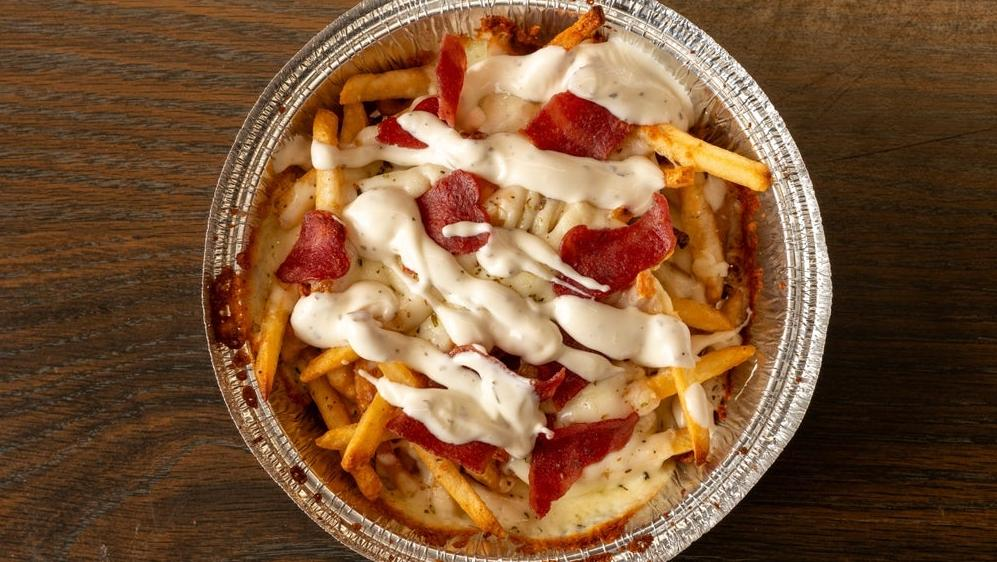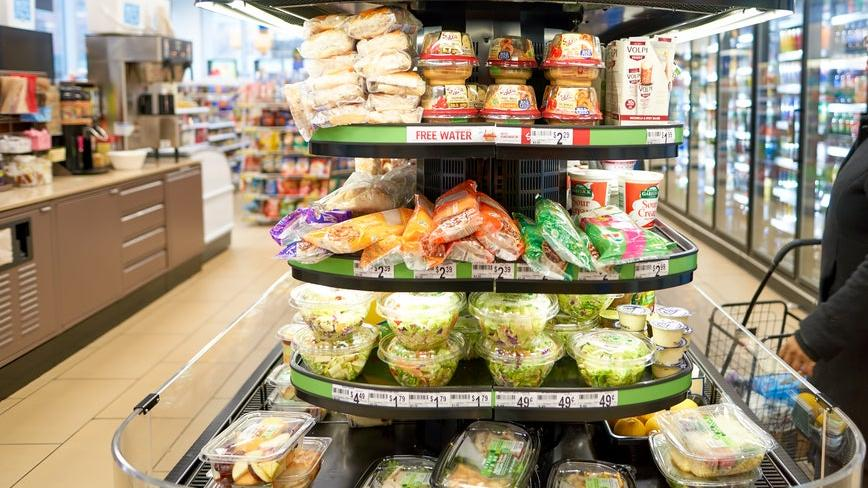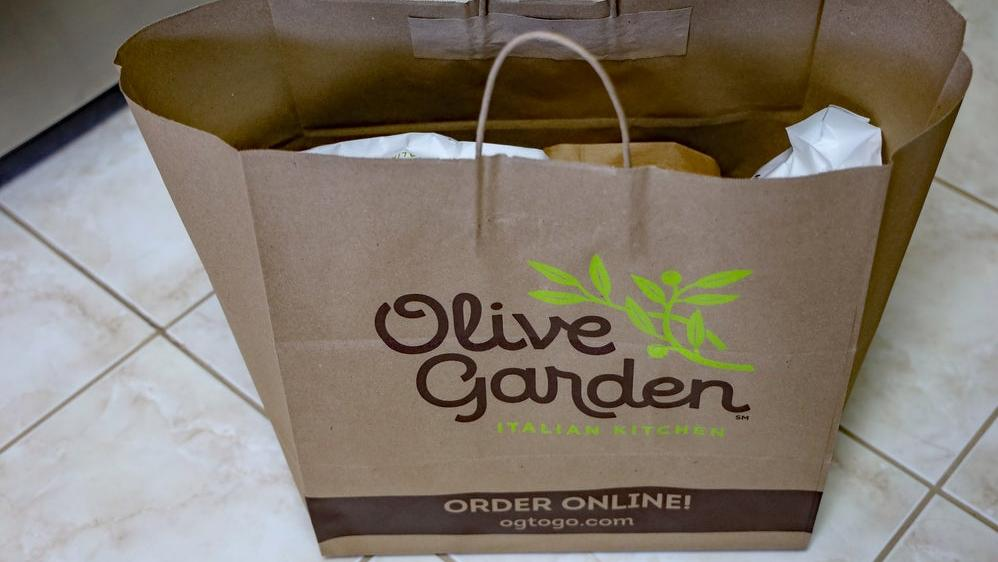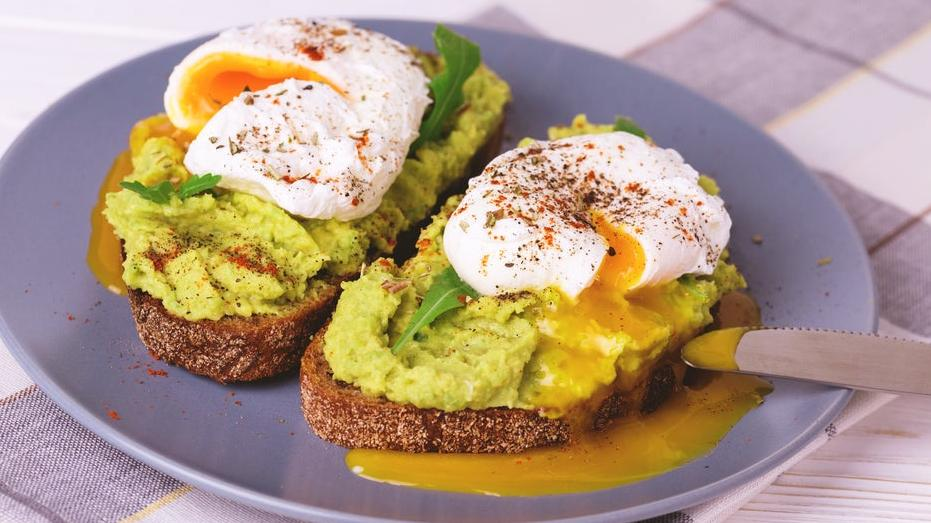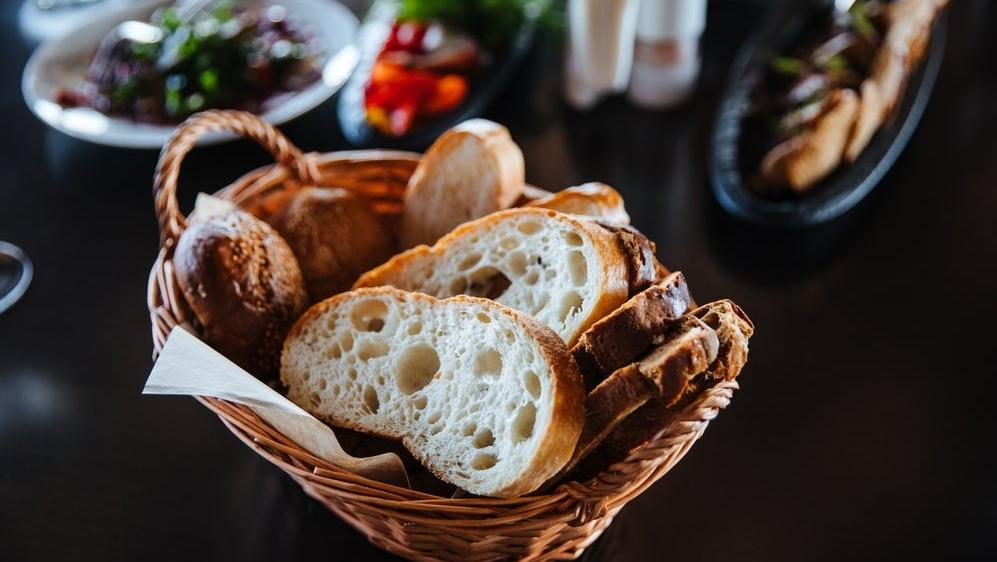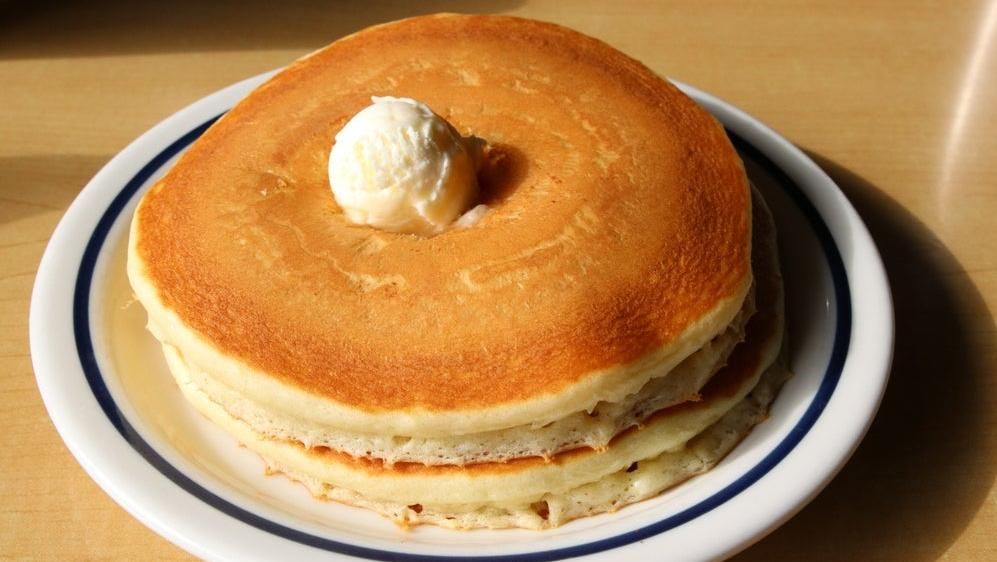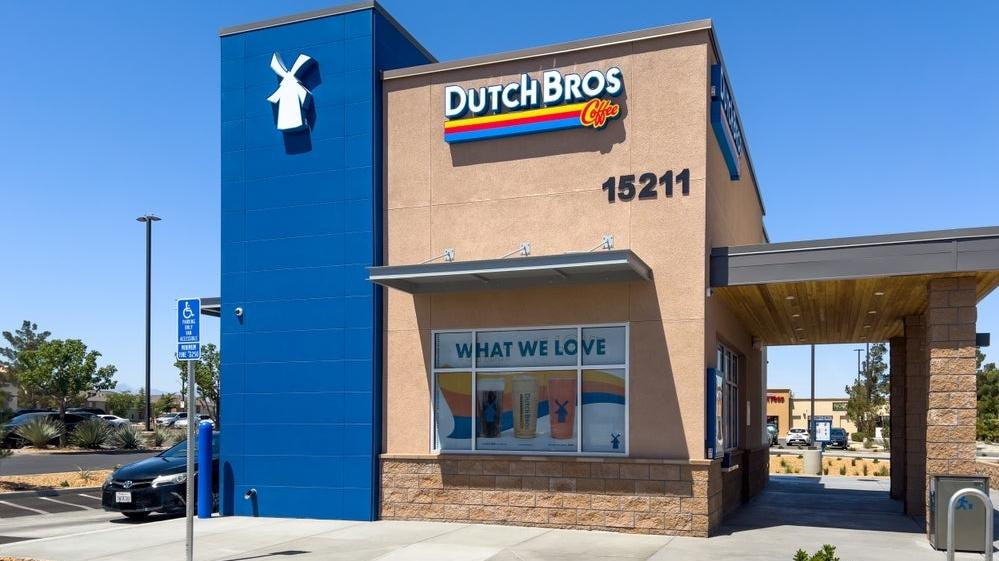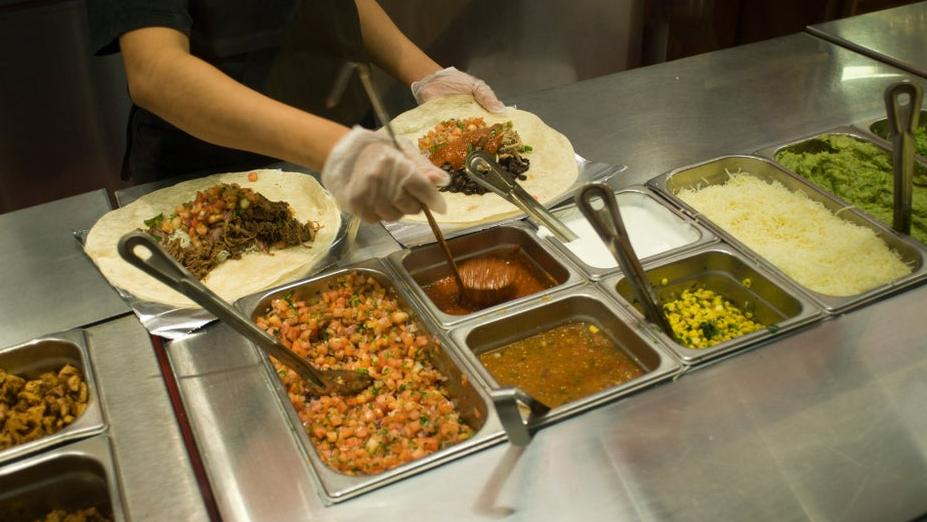8 Ways That Dining Changed In 2023
From convenience stores to ghost kitchens to restaurants, here's how dining is different now.
If 2022 was the year of lingering pandemic dining—bringing with it more reservations, private accommodations, and the death of the communal table—then 2023 was the year of Very Online Dining (VOD, if you will). True, some pandemic-era trends are still in place, like QR code menus, but restaurants seem to be moving toward a curious future that relies less on ghost kitchens and more on, dare we say, pizza vending machines.
It's hard to predict what 2024 will bring. In the meantime, let's take a spin through eight major ways dining changed in 2023.
Convenience is king
Fast food has dominated headlines since the onset of the pandemic in 2020. Consumers are ordering from their cars and phones more than ever, sending the American quick-service restaurant (QSR) market size well past $322 billion USD in 2021. Meanwhile, recent reports show that total QSR consumer spending saw year-over-year growth in 2022, estimated to reach about $320.3 billion.
And yet. Fast food chains aren't immune to inflation—a fact that may send some consumers to convenience store chains instead. Earlier this year, Restaurant Business reported that consumers seeking food outside the home might start opting for meals from their local convenience store chains.
No shame there. We're always down for convenience store beverages, hot food, and snacks.
To-go options are expanding
Speaking of convenience, more American consumers were opting for creative to-go options in 2023. From Texas Roadhouse to Olive Garden, major chains are dreaming up ways to subvert tired old carry-out and delivery options. Not only do these new tactics reduce staff load and seating capacity; they also speak to consumers' ongoing demand for immediate gratification and ultimate convenience.
Oh, and if this year's trends are any indication, we'll see more pizza vending machines in 2024, too. Doesn't get any more convenient than that.
Dystopian? Maybe. Hey, man—we just report the news.
The early bird got many, many worms
Breakfast, brunch, and lunch overtook dinnertime in the restaurant sector this year, with more restaurant-goers scooting their evening meals up to mid-afternoon. Earlier this year, citing data from Yelp, the Wall Street Journal reported that restaurants are now seating 10% of their diners between 2 p.m. and 5 p.m.
Meanwhile, some of the nation's fastest-growing franchises skip dinner altogether, catering entirely to the daytime crowd. Can't say we blame 'em—we love an early bedtime.
Reservations are more competitive than ever
Trying to get a table at the buzziest new restaurant in town? Tough luck, pal— you might lose your reservation to a bot. Earlier this year, we reported that sneaky coders were developing bots to snap up coveted reservations at hot restaurants—New York's Carbone, for example. The bad actors were then flipping the rezzies on resale sites like Appointment Trader, Cita, and ResX, where desperate patrons will pay a premium for a good table.
Bon Appetit argues that the ultra-competitive vibes are a natural consequence of restaurant reservation culture, a lingering consequence of pandemic dining. If you need us, we'll be picking up a Wawa pizza.
TikTok food critics shaped the culture
Content creators like Keith Lee are sharing mega-viral restaurant reviews on TikTok, sending droves of customers to small businesses in need. Unfortunately, there's a downside—as we reported in September, not all restaurant owners are equipped to deal with a massive influx of customers, especially when those customers behave poorly. Pro tip: If you visit a restaurant based on a positive TikTok review, please be normal.
Ghost kitchens left the earthly plane—mostly
Remember ghost kitchens, the fast food outposts that involved absolutely zero human interaction? Folks are finally tiring of them—earlier this year, CNN reported that Kitchen United Mix, a large operator of ghost kitchens backed by Kroger, will sell or shutter all of its locations. Still, some operations are hanging on; back in August, IHOP announced its plans to double down on virtual brands.
Drive-thrus got weird
Further proof that today's restaurant-goers are demanding more convenience than ever before: Quick-service brands are going all in on new drive-thru configurations. You can spin through a Denny's drive-thru in California. You can test out Chick-fil-A's mysterious new "meal transport system." You can order from your phone and swing through CosMc's, McDonald's new drive-thru beverage concept, without ever meeting the eye of your fellow man. Fred Flintstone could never.
Old standbys fell on tough times
Fast food brands may have experienced a surge in business during the height of the pandemic, but they can't rest on their laurels anymore, and old standbys like Chipotle and KFC are losing traction with today's customers. Whether it's due to a perceived decline in food quality or a desire for something new, the sagging popularity of these stalwart brands will need some serious course correction in 2024.
